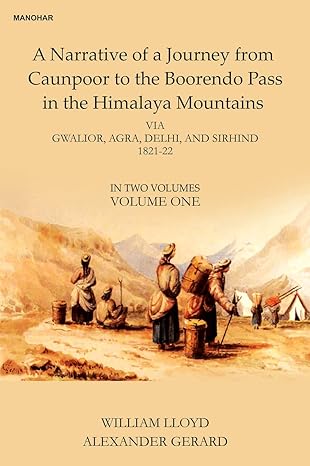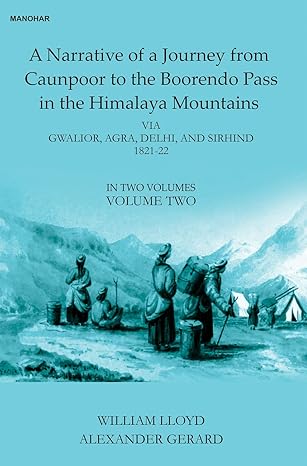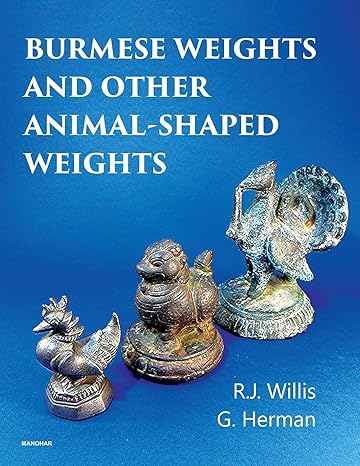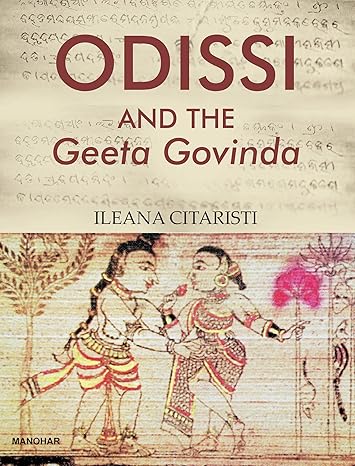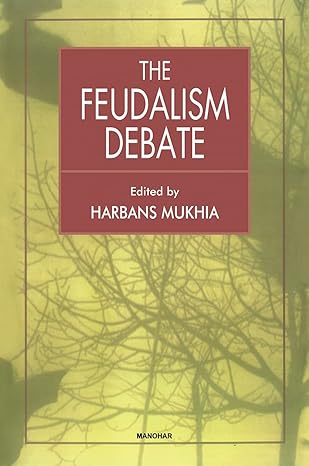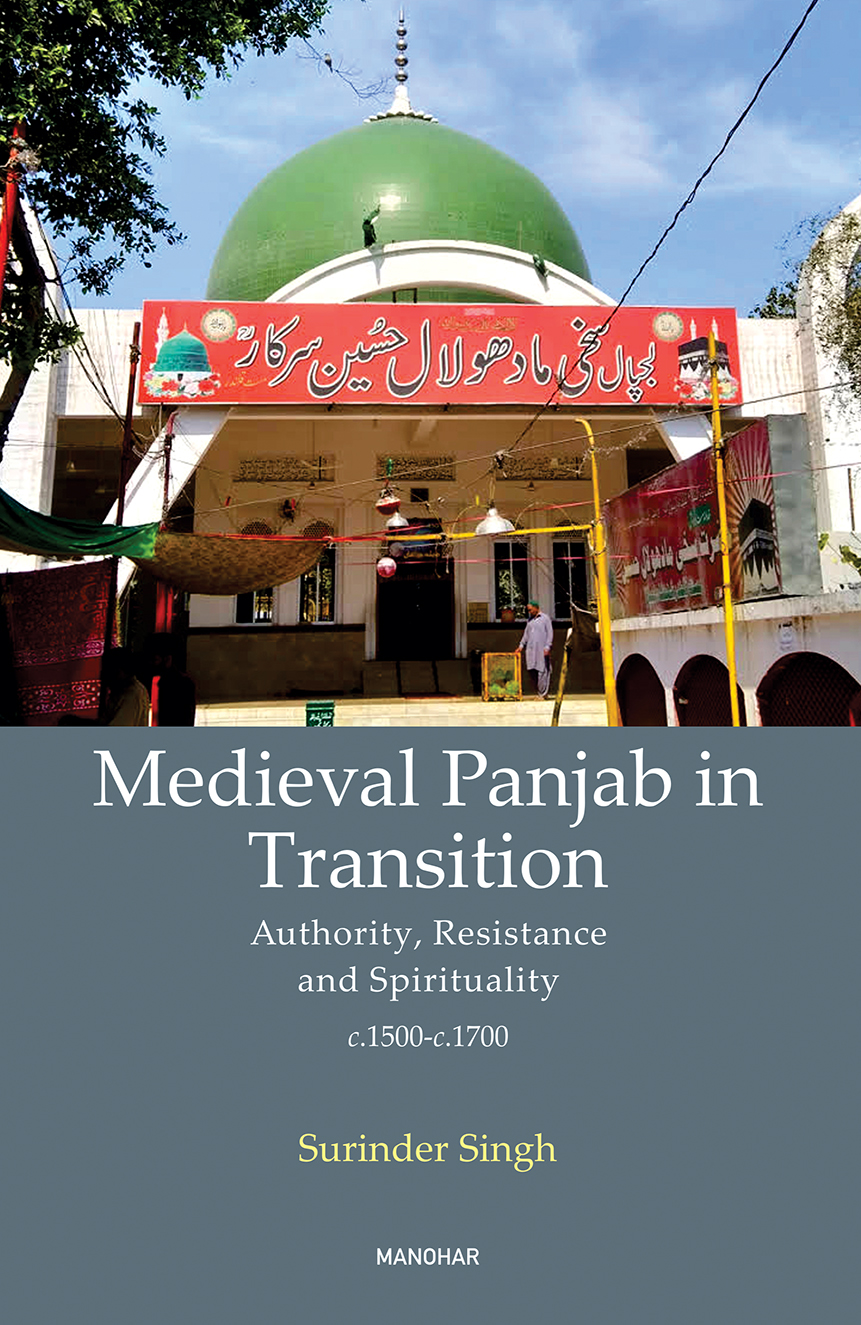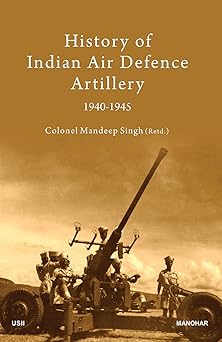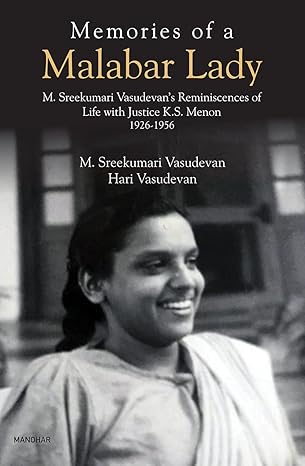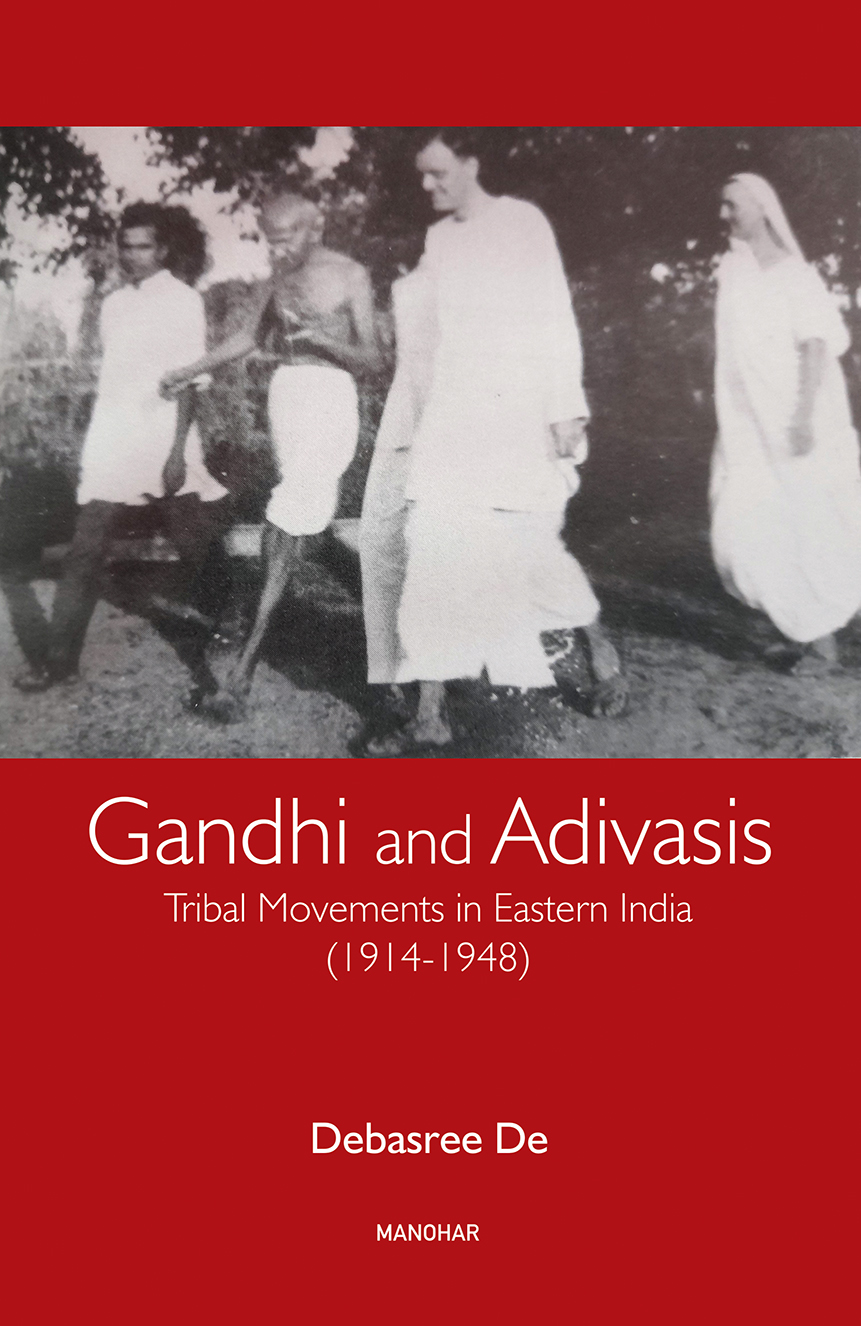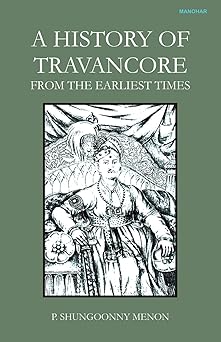History
Featured Products
A Narrative of a Journey from Caunpoor to the Boorendo Pass in the Himalaya Mountains: Via Gwalior, Agra, Delhi, and Sirhind 1821-22 (Volume One)
₹918.00
M.R.P.:₹ 1,275.00
You Save: ₹357.00 (28.00% OFF)
A Narrative of a Journey from Caunpoor to the Boorendo Pass in the Himalaya Mountains: Via Gwalior, Agra, Delhi, and Sirhind 1821-22 (Volume Two)
₹979.90
M.R.P.:₹ 1,195.00
You Save: ₹215.10 (18.00% OFF)
Burmese Weights and Other Animal-Shaped Weights
₹2,130.00
M.R.P.:₹ 3,000.00
You Save: ₹870.00 (29.00% OFF)
Medieval Panjab in Transition: Authority, Resistance and Spirituality c.1500-c.1700
₹2,495.00
M.R.P.:₹ 2,495.00
You Save: ₹0.00 (0.00% OFF)
History of Indian Air Defence Artillery 1940-1945
₹1,031.55
M.R.P.:₹ 1,495.00
You Save: ₹463.45 (31.00% OFF)
Memories of a Malabar Lady: M. Sreekumari Vasudevan's Reminiscences of Life with Justice K.S. Menon 1926-1956
₹1,136.20
M.R.P.:₹ 1,495.00
You Save: ₹358.80 (24.00% OFF)
Gandhi and Adivasis: Tribal Movements in Eastern India (1914-1948)
₹1,131.00
M.R.P.:₹ 1,450.00
You Save: ₹319.00 (22.00% OFF)
A History of Travancore: From the Earliest Times
₹799.35
M.R.P.:₹ 1,095.00
You Save: ₹295.65 (27.00% OFF)


